
Unecha Operation
On Wednesday, 13 August, Ukrainian drones attacked one of the most powerful oil pumping stations in Russia. The strategic facility is located near the town of Unecha in the Bryansk Region. It is less than 100 kilometres from the Ukrainian border.
The General Staff of the Armed Forces of Ukraine officially confirmed the attack.
Several drones attacked the oil pumping station, causing a series of explosions and a tall column of fire and smoke. The fire could not be extinguished for several hours. This facility is owned by the Russian corporation Transneft, which works both to export resources abroad and to meet the needs of the Russian defence industry. This involves supplying fuel to units of the Russian army.
"Attacks on oil pumping stations are much more effective than attacks on refineries. They have many refineries, and to cause serious damage, at least 20 of them would have to be shut down. But if an oil pumping station is destroyed, the effect is much better," said Volodymyr Omelchenko, director of energy programmes at the Razumkov Centre.
At the same time, the expert noted that it would be enough to hit only five or six such stations to bring Russian oil refining to a standstill. Under such conditions, Russian oil exports could also be halted for a certain period of time.
The General Staff of the Armed Forces of Ukraine is talking about the destruction of a booster pumping station. But the destruction turned out to be greater, even though Russia is trying to hide the consequences of the attack in Unecha. Analysis of satellite images shows that large-scale fires did indeed rage at the facility. Most likely, administrative buildings, the pipeline system and two pumping stations were destroyed.
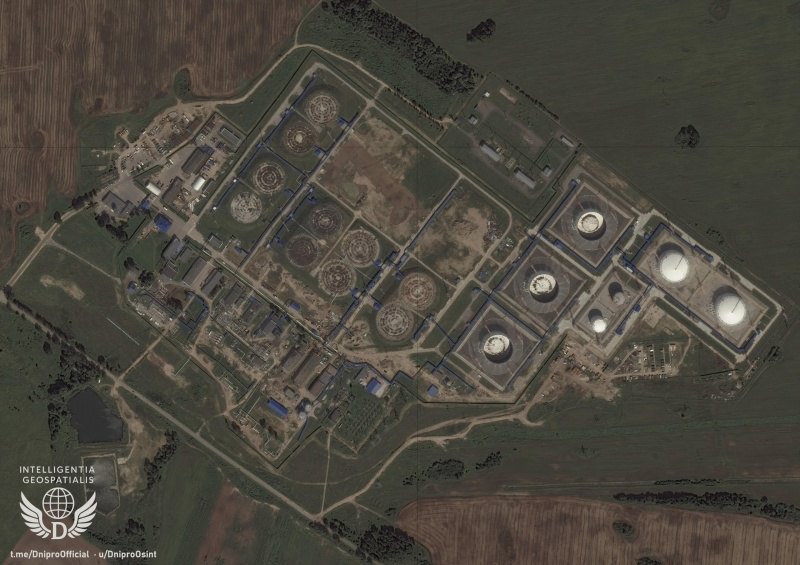
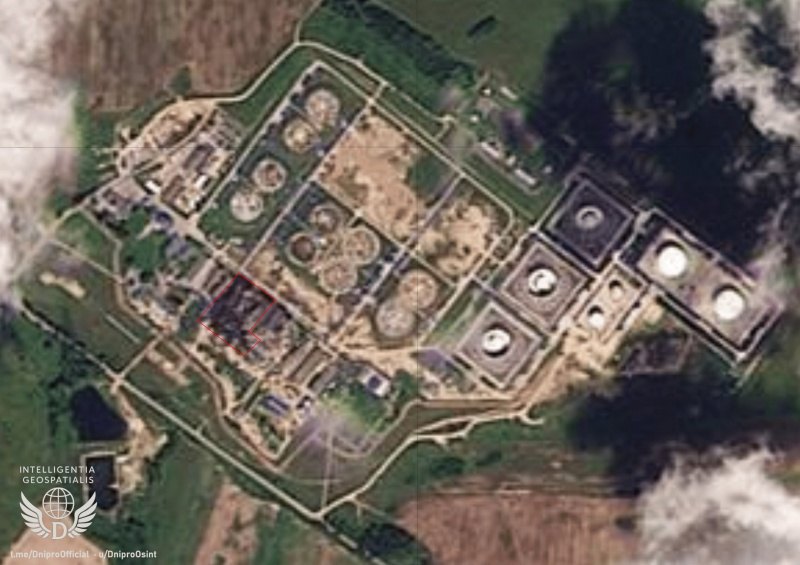
The facility near Unecha has been attacked for the third time, but on previous occasions, no serious consequences were recorded. The station could pump up to 60 million tonnes of oil per year. There are 16 large tanks on its territory.
This facility plays a key role in the operation of nearly 10,000 kilometres of pipelines. And it is not only Russia's interests that are at stake. Firstly, oil was transported for export across the Baltic Sea via the station near Unecha. Secondly, this facility was used to supply Belarus and Hungary.
Russian oil exports through the Baltic Sea are in question
The station near Unecha pumps oil to Ust-Luga. This is one of the largest Russian ports on the Baltic Sea. The Russian Federation exports approximately 20% of its tanker oil through it.
The closure of this port is strategically important for Ukraine. Revenues from Russian oil exports remain the main source of funding for the war. Ukrainian drones have successfully attacked the port in Ust-Luga several times, and at the beginning of the year, oil loading was even stopped. But this facility is too far from the border with Ukraine, so it is difficult to increase the effectiveness of the strikes.
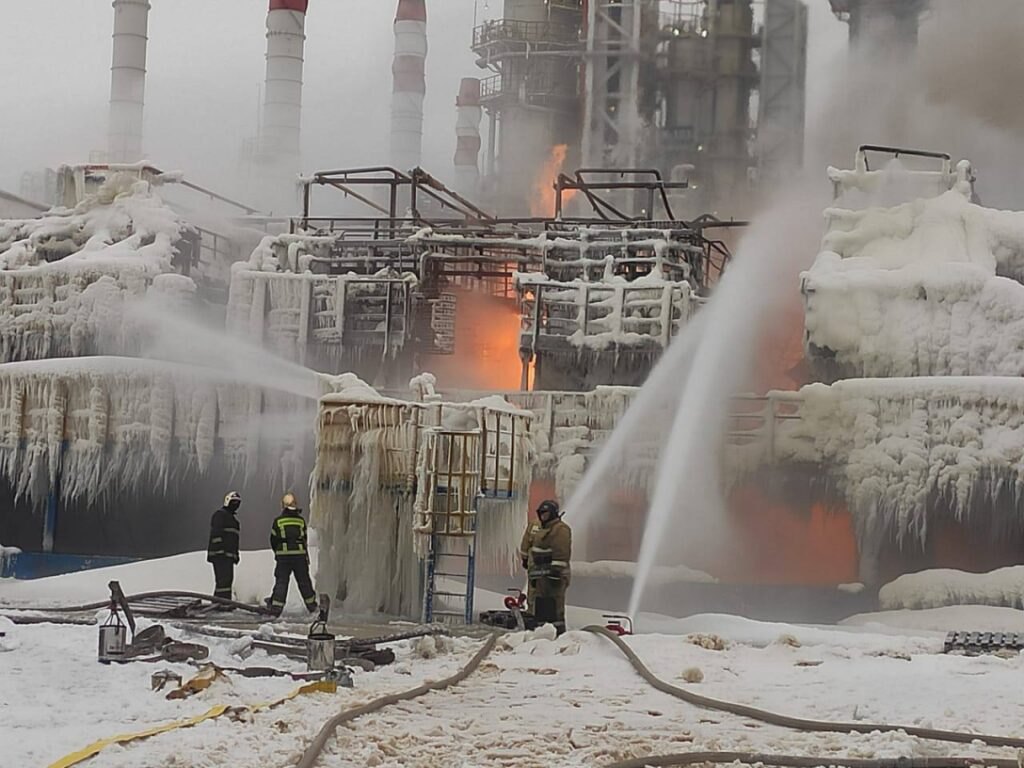
"50% of Russian export oil leaves from ports on the Baltic Sea. This is actually a very important artery. And what is the situation now? They cannot process it, so they are trying to sell this oil somewhere quickly. This creates a surplus. This will automatically affect the price, forcing them to offer significant discounts," suggests Andrian Prokip, an energy expert at the Ukrainian Institute for the Future.
Viktor Orbán's new hysteria
A pumping station near Unecha also transports oil through the Druzhba pipeline to Hungary. According to calculations by analysts at the Razumkov Centre, 35,000 tonnes of oil are transported along this route every day.
These supplies are critically important for the Hungarian authorities: Budapest receives discounts on oil from Moscow, refines it and thus makes a profit. It also keeps petrol and diesel prices at one of the lowest levels among EU countries.
Supplies to Hungary have not stopped completely, and there is no official information about a reduction in pumping volumes. But Budapest has once again begun to threaten Ukraine. The Hungarian authorities call oil supplies from Russia a matter of national security. Foreign Minister Péter Szijjártó hinted that Budapest could block electricity supplies to Ukraine. In fact, every third imported kilowatt comes from Hungary. But Budapest's threats are empty: the government cannot influence the activities of the country's network operator, otherwise it will face new problems with Brussels, as this would violate EU legislation.
Part of the Druzhba pipeline runs through Ukraine. The transit agreement is valid until 2030. The Ukrainian authorities are not terminating the contract, despite numerous provocations from Hungary. For example, last summer, Viktor Orbán's government accused Kyiv of stopping transit. The reason for the Hungarians' blatant lie was Ukraine's sanctions against the Russian company Lukoil. At that time, Orbán blocked the allocation of more than €6 billion from the EU for the purchase of weapons for Ukraine.
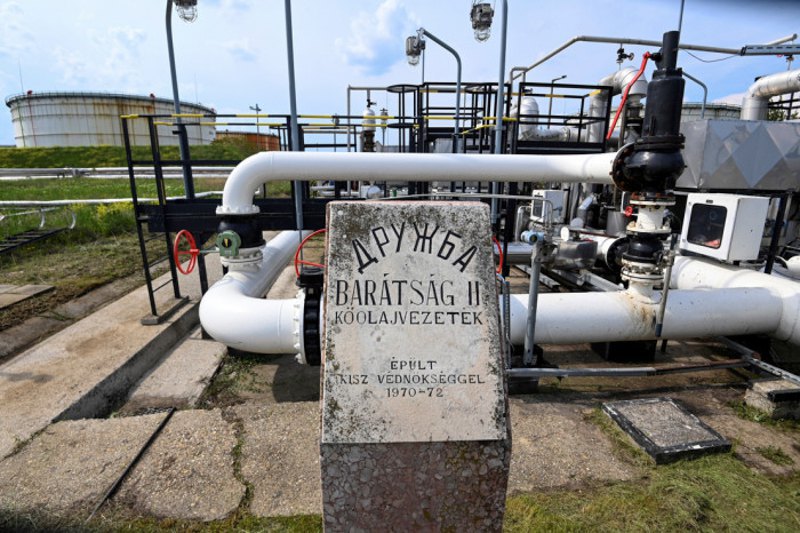
Ultimately, it turned out that Ukraine had not only not stopped transit and supplies, but that they had actually increased. The Hungarian authorities never officially apologised for the slander.
The transit of Russian oil to Hungary does not bring significant income to Ukraine. We are talking about approximately $200–300 million per year, while Russia earns much more from exports to Hungary and Slovakia — over $6 billion.
‘This is the most profitable supply route for Russian oil companies. Europe is close, and delivery takes just a few days. But to transport the same amount of oil to China or India, it takes 30-40 days,’ explains Volodymyr Omelchenko.
Belarusian oil refining under attack
In Belarus, in Mozyr, the Druzhba pipeline is divided into two branches: northern and southern. One pumps oil to Hungary, and the other transports it to two Belarusian refineries. Exactly how much Russian oil Belarus receives is unknown, as this information is considered a state secret in Minsk.
The self-proclaimed leader of Belarus, Alexander Lukashenko, has not responded in any way to the Ukrainian drone strike on the station in Unecha. Belarusian propaganda has also remained silent. The supply of Russian oil to Belarusian refineries is vital for the regime in Minsk, as it is a source of income and allows it to avoid importing petrol and diesel fuel. Such cooperation is also beneficial for Russia. On the one hand, the Kremlin has another market for its products, and on the other, the Russian Federation purchases refined fuel from Belarus. Delivering oil to Belarus by other means, such as by rail, is much slower and more expensive.
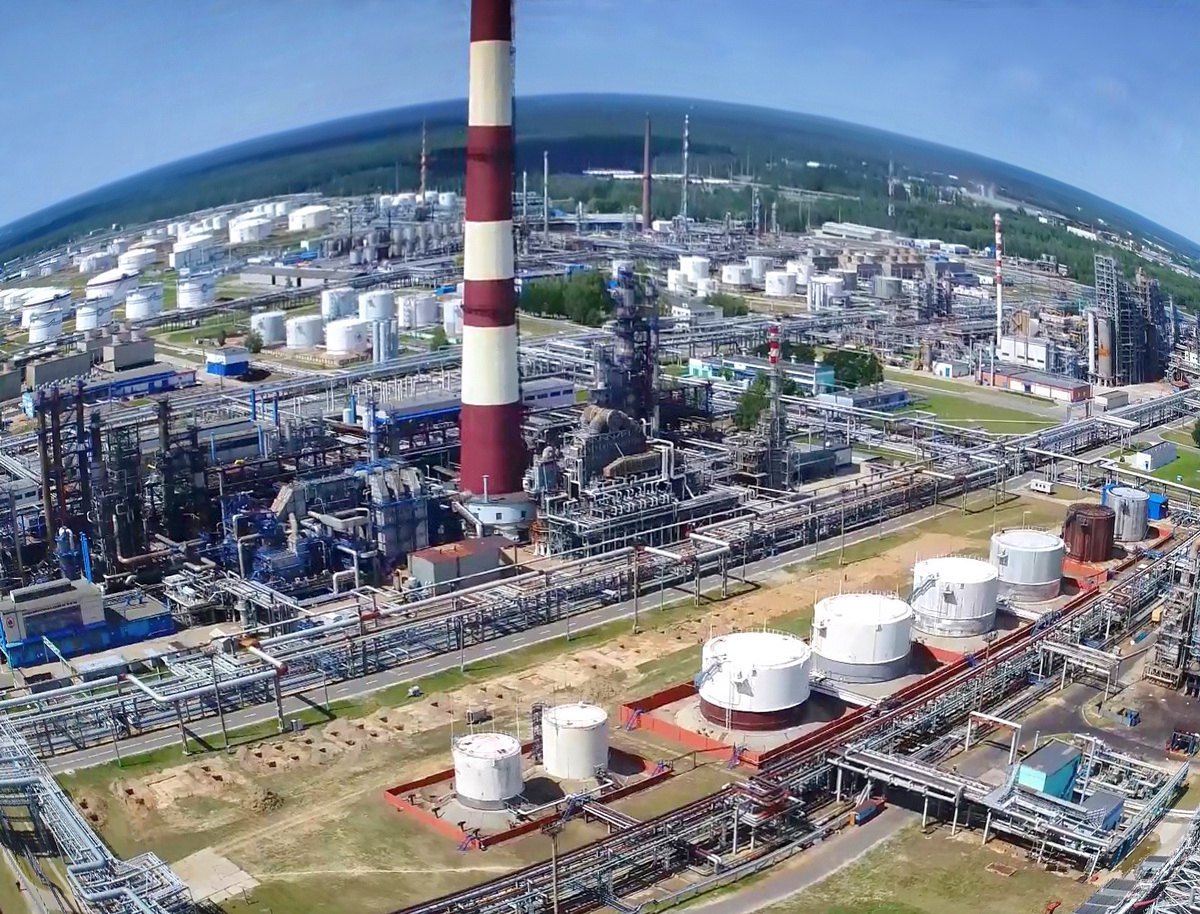
"There are alternative routes in Belarus, but they cannot replace the full volumes pumped through Druzhba. Why is the refinery in Mozyr important? It processes oil, most of which returns to Russia in the form of gasoline and diesel fuel. And the situation on the fuel market there is very difficult," explains Alexander Kharchenko, director of the Energy Research Centre.
However, Belarusian oil refineries have been in deep crisis in recent years. Until 2022, Ukraine was their main market. Western sanctions are also in place, cutting Belarus and Russia off from leading global technologies. For example, last year, the Mozyr refinery was shut down due to a storm. The consequences were so severe that production has not yet been fully restored.
Constant detentions of plant managers by law enforcement agencies add to the problems. Officially, this is due to suspicions of corruption, but the main reason is likely the distribution of spheres of influence. The Mozyr Oil Refinery is jointly owned by the Belarusian government and the Russian company Slavneft.
A new wave of strikes on Russian refineries
The Russian government has extended the ban on gasoline exports until the end of September. The decision was made at an emergency meeting of a special headquarters. The situation on the Russian fuel market has deteriorated significantly since the beginning of summer. Demand is growing steadily. However, supply is declining, one of the reasons being the resumption of Ukrainian drone strikes on refineries in Russia. Before the ban, approximately every tenth litre of petrol produced in Russia was sold abroad.
"The Russian deficit is something strange and illogical. Because a country that produces 520 million tonnes of oil refines half of it. And they had a shortage even before 2022. The strikes on refineries only exacerbate their internal chaos," says Oleksandr Sirenko, an analyst at the consulting company Naftorynok.
Since the beginning of August, petrol prices in Russia have risen by a third in some places. The events of this summer are very reminiscent of the Russian fuel crisis of 2021, when fuel disappeared from petrol stations and its price rose at a frantic pace.
Since the beginning of the year, there have been more than 70 incidents at infrastructure facilities in Russia's oil industry, resulting in a 10% decline in monthly Russian oil exports, which continues to fall with each new attack on refineries.

‘The scale of these events is impressive. The total capacity disrupted reached over 437 million tonnes — that's more than the enemy's entire installed processing capacity and comparable to commercial oil reserves in the United States,’ calculated energy expert and candidate of technical sciences Maksym Bilyavskyy.
In the first two weeks of August, Ukrainian drones attacked at least six Russian refineries. However, not all of them stopped working; only half of them were disabled.
Russia's two most powerful refineries, Ryazan and Volgograd, were also attacked in August. They supply about a tenth of the oil that goes for refining.
In September, seasonal demand for fuel will decline, which may also reduce fuel prices. However, new drone attacks could prevent the situation in Russia from stabilising. If drones continue to target primary oil refining facilities and other unique equipment, the plants will shut down. And it is becoming increasingly difficult for the Russians to restore them due to sanctions.








